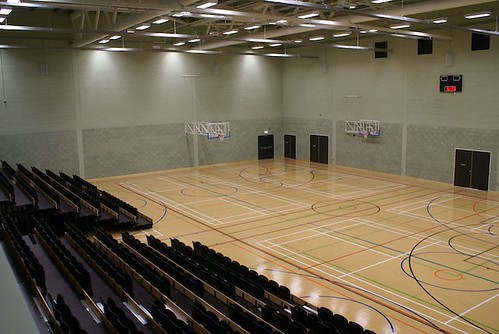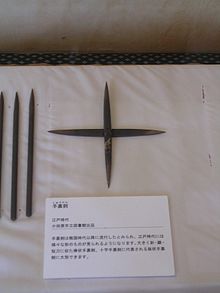What is taekwondo?
 |
| A WTF sparring match |
Taekwondo is a Korean martial art and the national sport of South
Korea. In Korean, tae means
"to strike or break with foot"; kwon means "to strike or break with
fist"; and do means
"way", "method", or "path". Thus, taekwondo may be loosely translated as
"the way of the hand and the foot."
It combines combat techniques, self-defence, sport, exercise, and in some cases meditation and philosophy. In 1989, Taekwondo was the world's most popular martial
art in terms of number of practitioners. Gyeorugi, a
type of sparring, has been an Olympic
event since 2000.
Taekwondo is known for its emphasis on
kicking techniques, which distinguishes it from martial arts such as karate or southern styles of kung fu. The rationale is that the leg
is the longest and strongest weapon a martial artist has, and kicks thus have
the greatest potential to execute powerful strikes without successful
retaliation.
Taekwondo as a martial art is popular with people of both
genders and of many ages. Physically, taekwondo develops strength, speed,
balance, flexibility, and stamina. An example of the union of mental and
physical discipline is the breaking of wooden boards, bricks or tiles,
which requires both physical mastery of the technique and the concentration to
focus one's power.
What is Chung Do Kwan? Created by Won Kuk Lee in 1944, it is the first of
nine schools or Kwan teaching what came to be known as taekwondo. This style of Tae Kwon Do is known for its overall
power and emphasis on kicks to the head.
Who is Mike
Campos?
Mike
has been training with Chungdokwan for 12 years under Master David Oliver,
6th Dan. His son Master Matthew Oliver has been trained one to one by Master
David Jordinson over the past few years, and is starting to lead the training
of higher grade students, as well as developing a continuous training syllabus,
and training structure for all grades.
Chundgokwan
Taekwondo is about participation - everyone is encouraged to train to whatever
level they can achieve. This does not mean they are not pushed and challenged -
they are, but in a careful and considerate manner catering for individual
circumstances while maintaining the tradition and general improvement of the
group. Mikes father is still training at the age of 91 years, and they have
some excellent youngsters from the age of 5 upwards.
Mike
teaches at the Chungdokwan club based at Washington leisure centre. Classes are
held on Wednesday evenings and Sunday mornings. Durham has sessions at the
Leisure centre near the Arnison Shopping Centre on Monday, and Thursday
evenings. Sessions are also available on Tuesday, Wednesday, Thursday and
Friday evenings, and Sunday mornings – see the website for more details
Links to Korea….
The
organisation has good links to and is recognised by Kukkiwon in Korea. The
Kukkiwon in Korea is the global headquarters of Taekwondo.
Chungdokwan has
clubs throughout the North East of England, Ireland, India, Australia
and Dubai. Our local clubs are Washington Leisure Centre, Durham Arnison
Leisure Centre, Ferryhill, Wallsend, Aycliffe, Darlington and Shildon.
Our President
is Grand Master David Jordinson 8th Dan, who in his lifetime has done
more than any other individual in the UK to promote and extend the
reaches of Taekwondo.
His
instuctor for many years was Grand Master Kim Yong Ho, who has
now domiciled in Korea, and travel the world promoting long term
traditional Taekwonmudo - Mudo being the 'way' that allows people of all ages
to realise their potential. This is why we teach all ages and abilities. The
more athletic and physically capable students remain grounded and humble. They
appreciate everyone has different strengths. We have no room for prima donnas
who think they are better than anyone else. We teach everyone to be as good as
they can be as individuals, while appreciating the input of others. Master
David has been ably assisted by many high grade instructors.
The
younger instructors are now achieving their higher grade promotions and are
Master David's legacy to the world of Taekwondo. They will carry on the
teaching of traditional martial arts while still catering for
students who want to take part in sport Taekwondo.
At Marfest….
Mike will
leading a taekwondo demonstration at the festival and will be available to
guide you on the taster mats as well, so start limbering up those legs….















_showing_the_(kontei).jpg/95px-Various_antique_Japanese_bo_(staff)_showing_the_(kontei).jpg)











